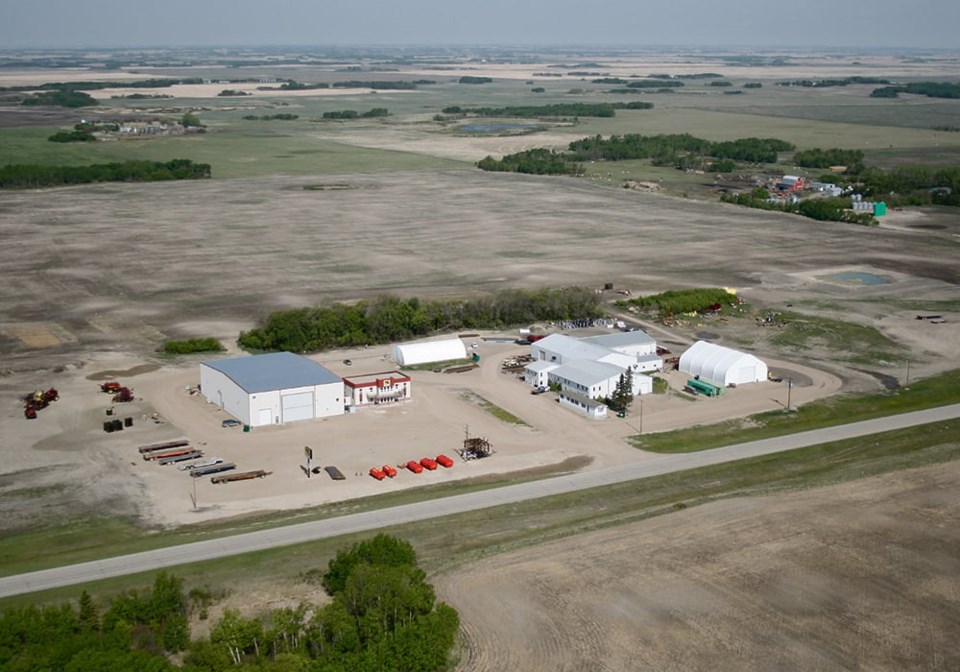WESTERN PRODUCER — With some major equipment brands limiting access to the digital systems on their machines, Prairie short-line manufacturers who build attachments requiring that connectivity are finding themselves shut out of a growing number of market opportunities.
This anticompetitive behaviour by some major original equipment manufacturers has shortlines facing a growing threat to their future viability, which has shone a light on just how important the ag equipment manufacturing sector is to the overall Prairie economy.
Carlo Dade, director of the Canada West Foundation’s Trade and Trade Infrastructure Centre, for recent amendments to the Copyright Act to help protect the interests of short-line manufacturers. He said that industry segment may have been flying just under the radar when it comes to everyone realizing its full economic impact across Western Canada.
“It very quickly became apparent that the short-line industry is kind of hidden in the national numbers,” he said.
“But if you look on the Prairies, there’s 100 or 150 manufacturing jobs in places like Frontier, you quickly see the importance to the Prairie economy, the economic viability of communities on the Prairies.”
Many short-line manufacturers are located in smaller communities like Frontier, Sask. So helping shield ag equipment manufacturers from anticompetitive market forces and the risk to their long-term viability offers benefits to much of the regional population, not just the companies involved.
“It fits with all the things we’re concerned about at Canada West (Foundation) — all the things provincial governments are concerned about and all the things which the federal government claims to be concerned: innovation, good jobs, creating exports, economic viability of communities,” Dade said.
“The short-line industry has it all. It’s also under threat.”
According to Statistics Canada, the sector is a significant driver of economic activity. A 2021 StatCan survey revealed that Canadian ag equipment manufacturers paid out $855.7 million in salaries to their workers and accounted for $2.8 billion in exports in 2023.
As the digital interoperability problem continues to threaten innovation and sales at some shortlines, not finding a solution could be an economic disaster for many smaller Prairie communities.
And the risk to those manufacturers is very real, according to Agricultural Manufacturers of Canada association president Donna Boyd.
“It could ultimately mean the demise of some of our manufacturers if this is not rectified.”
“These are folks in which Canada really has an export and innovation diversification champion,” said Dade.
“We keep putting money into innovation. How much money in Quebec has gone into Bombardier, for example? Or with batteries for cars?
“We have an industry that’s viable. We’re not trying to save a dinosaur from the past or horse and buggies. It’s a lot easier to keep a viable industry and help it grow.
“The first trick to economic development is not to lose the viable jobs you already have. That should be lesson one. To my mind that’s what really struck me about this.”




